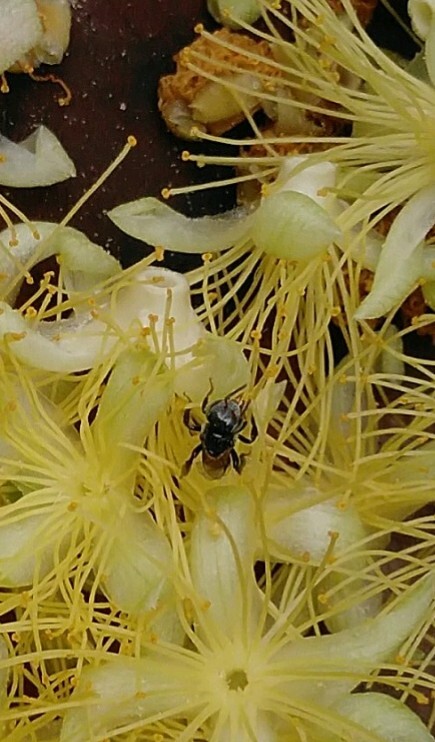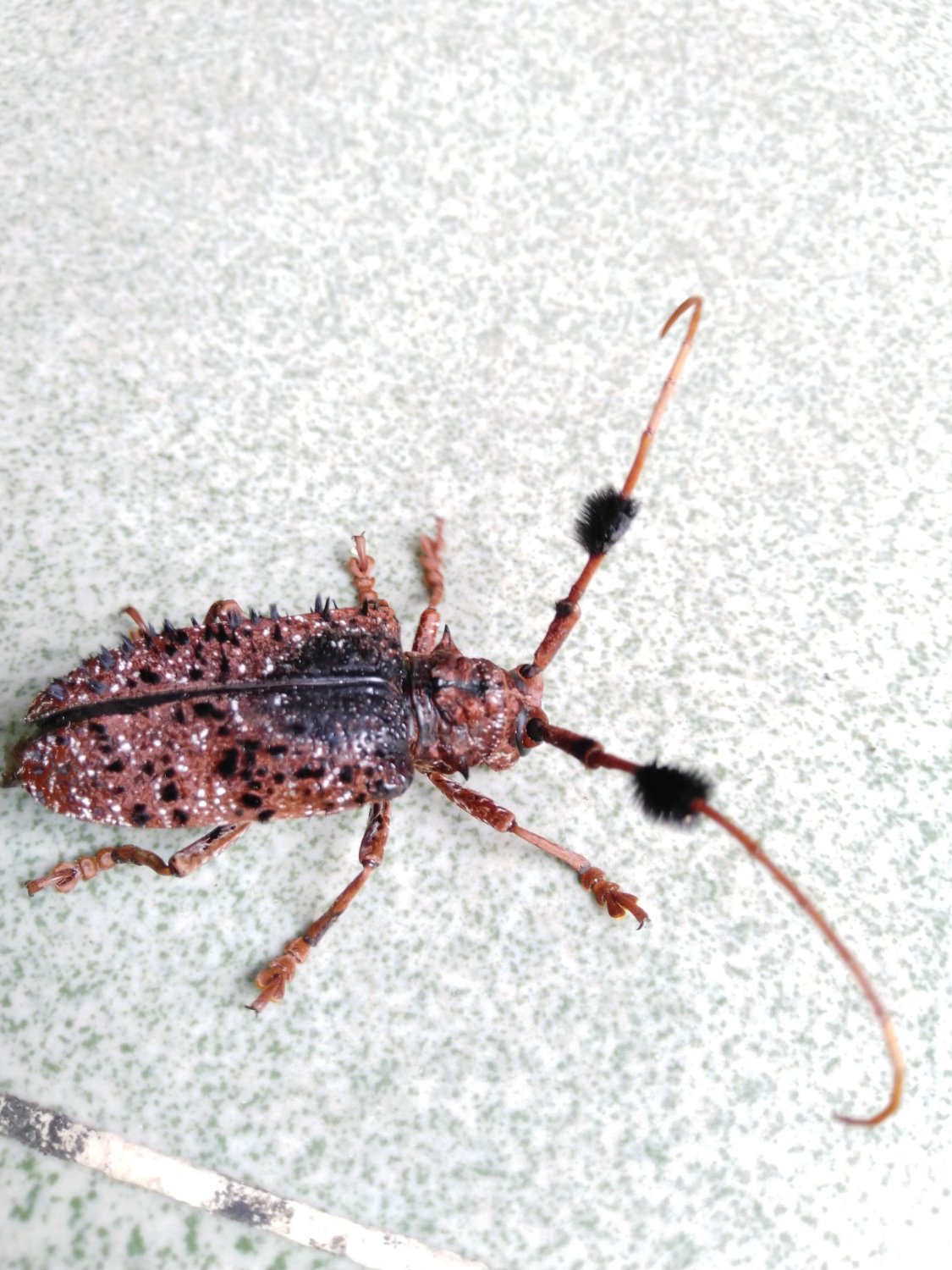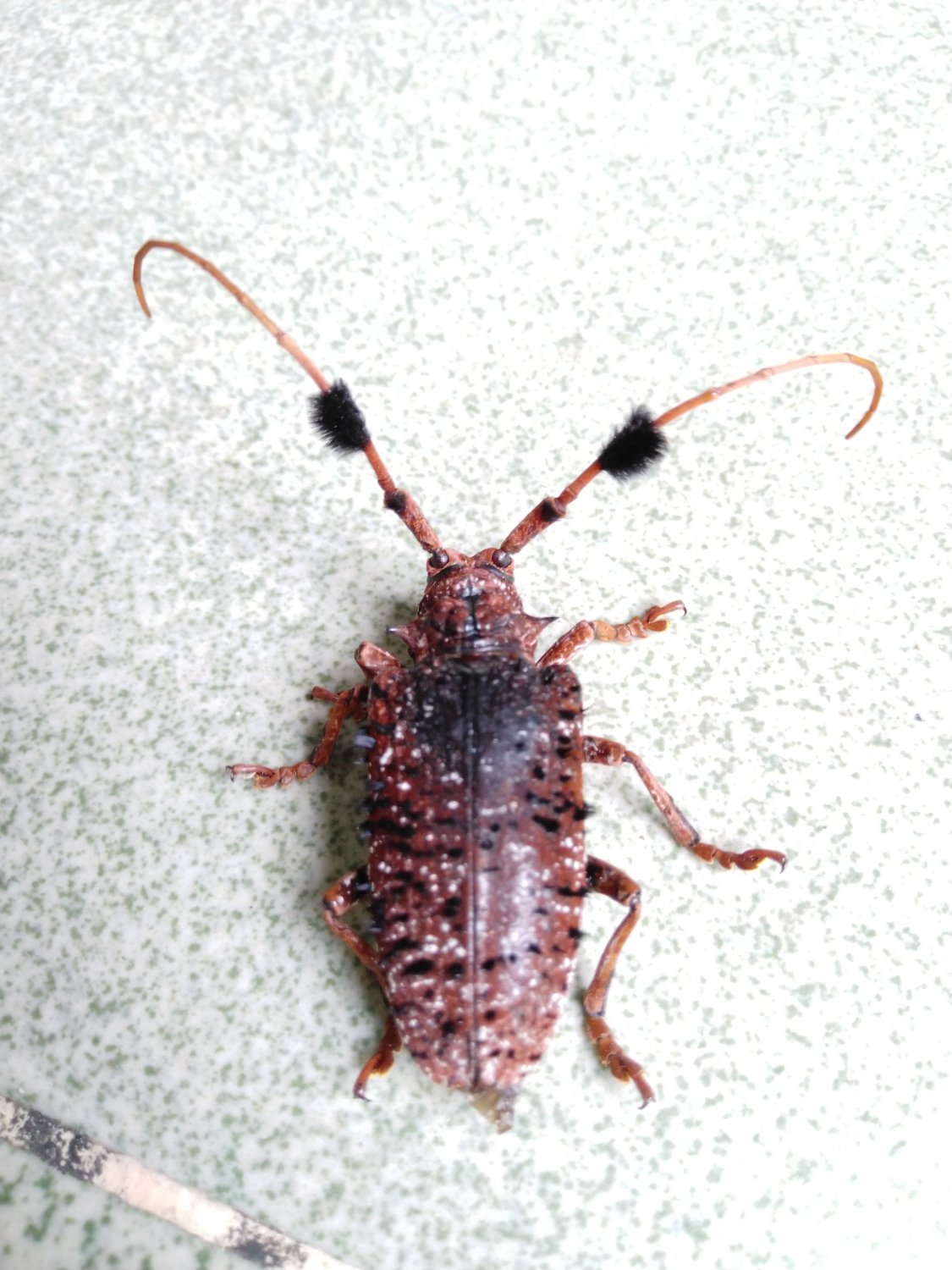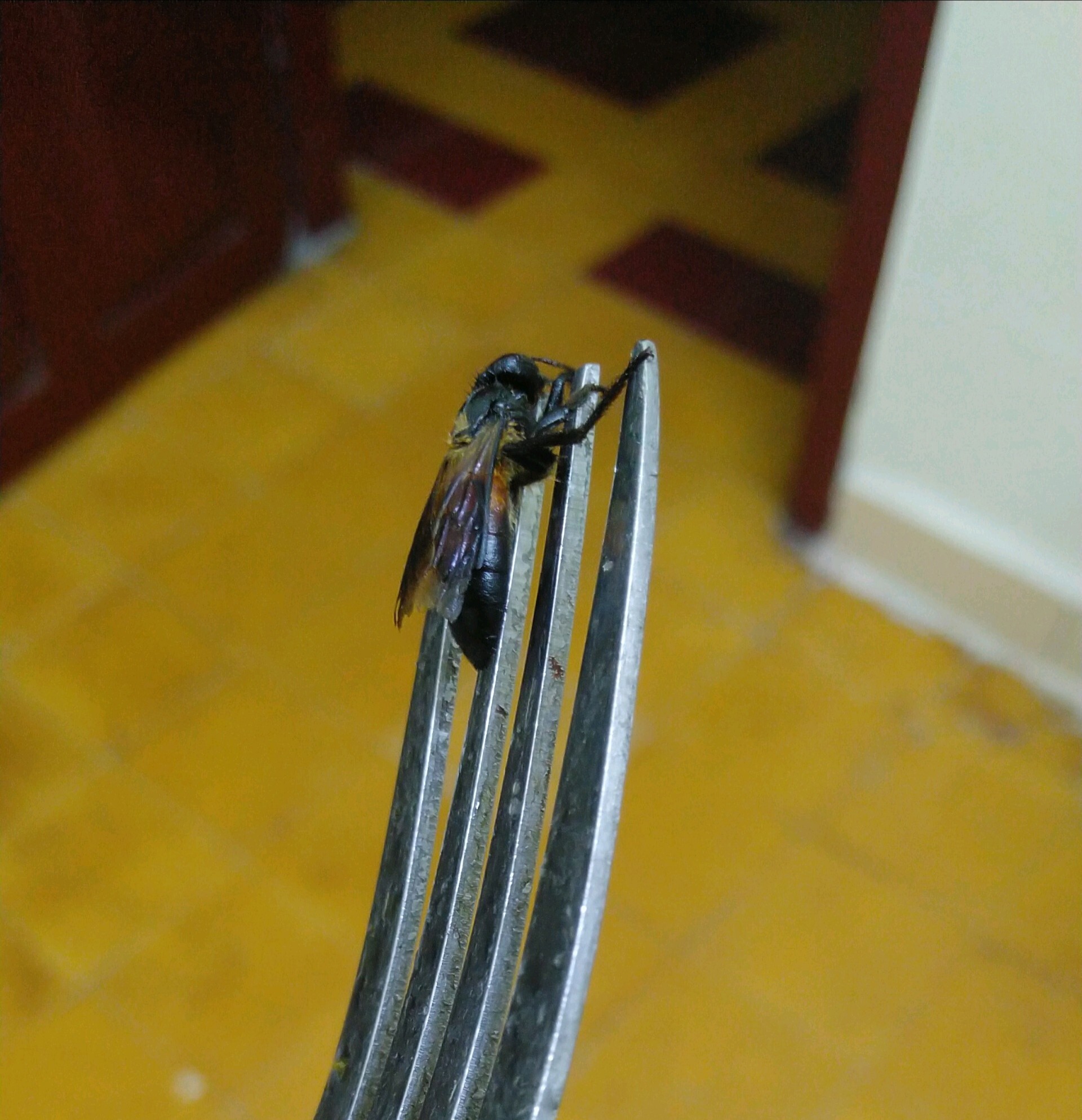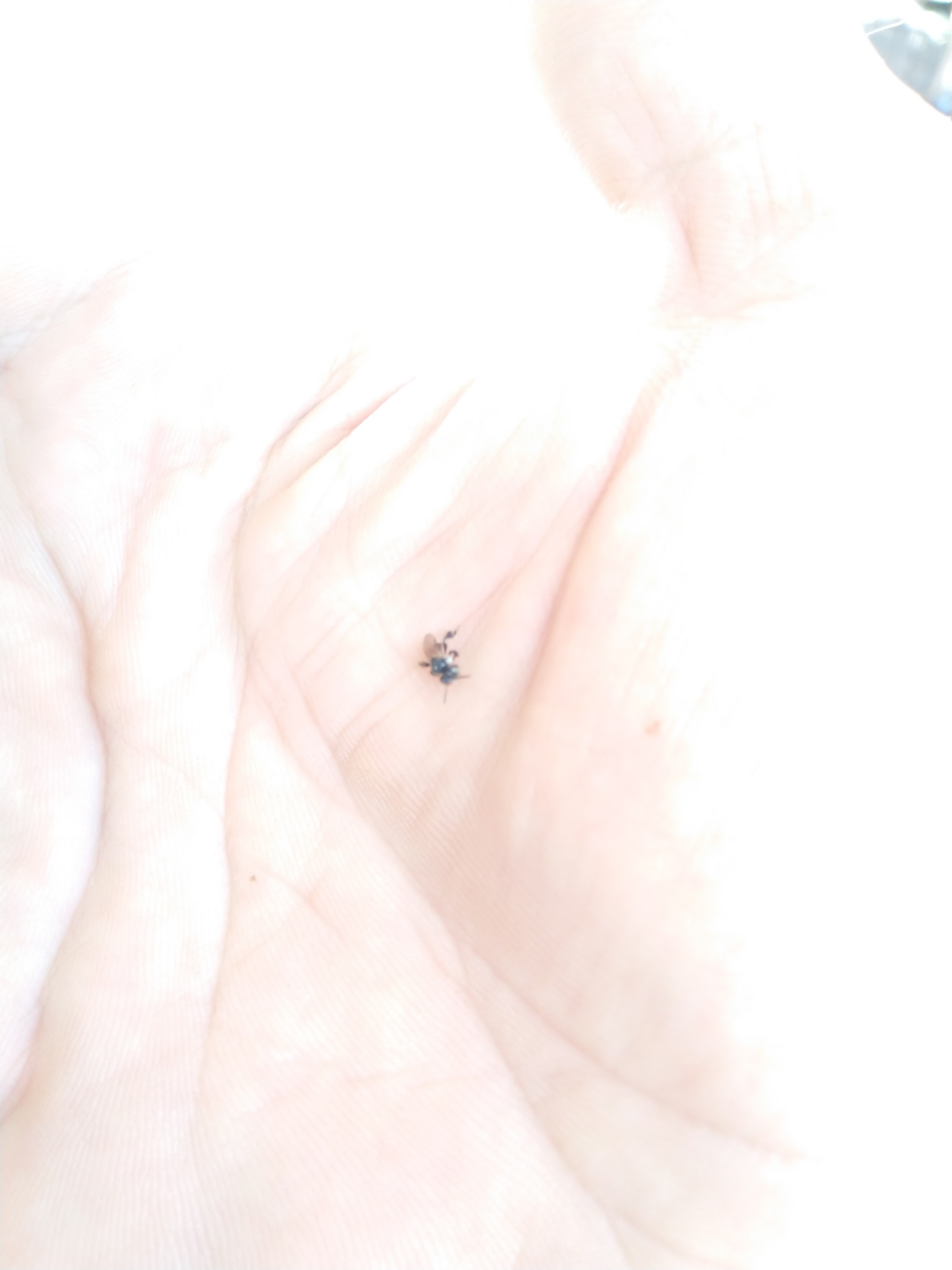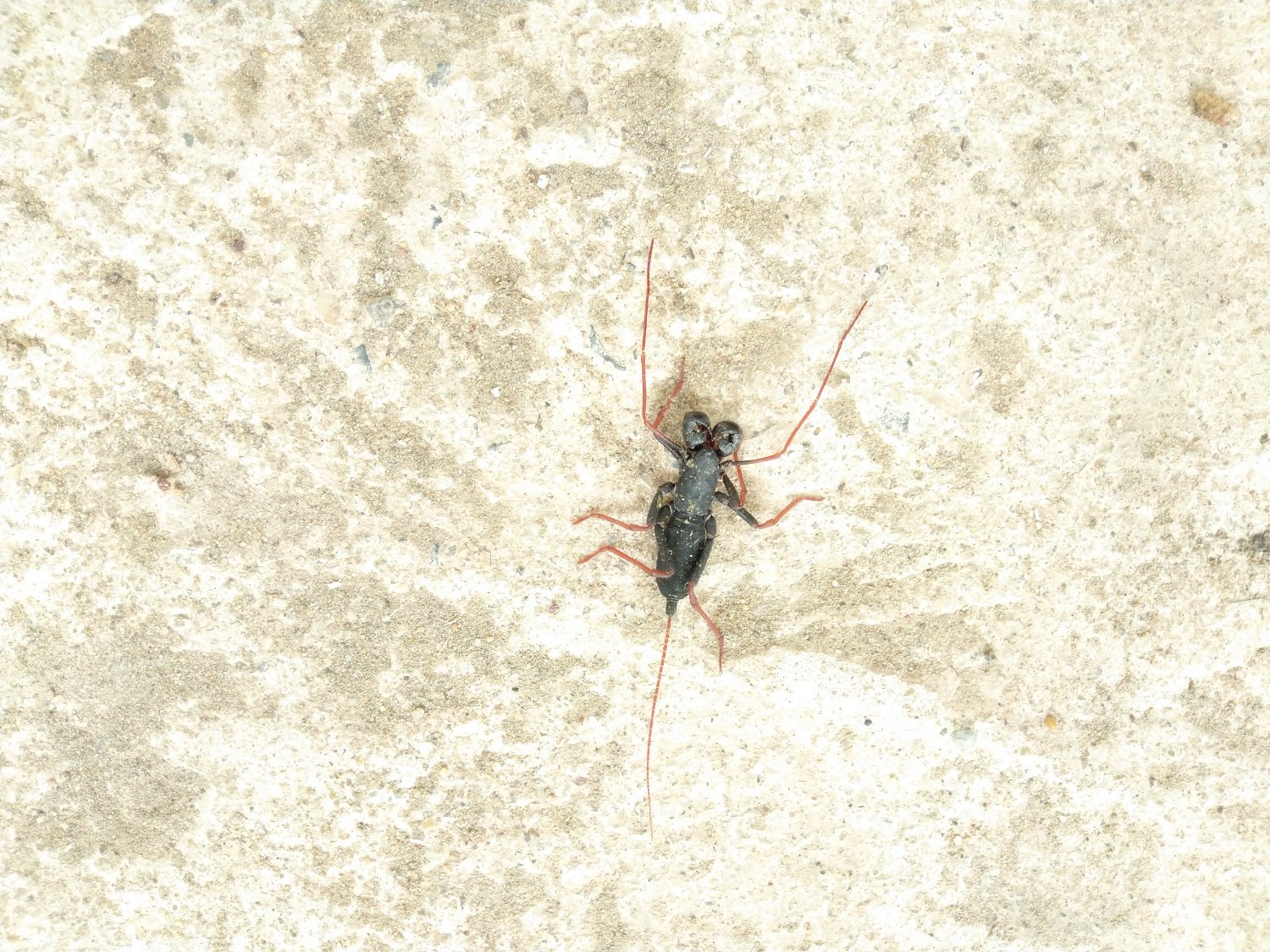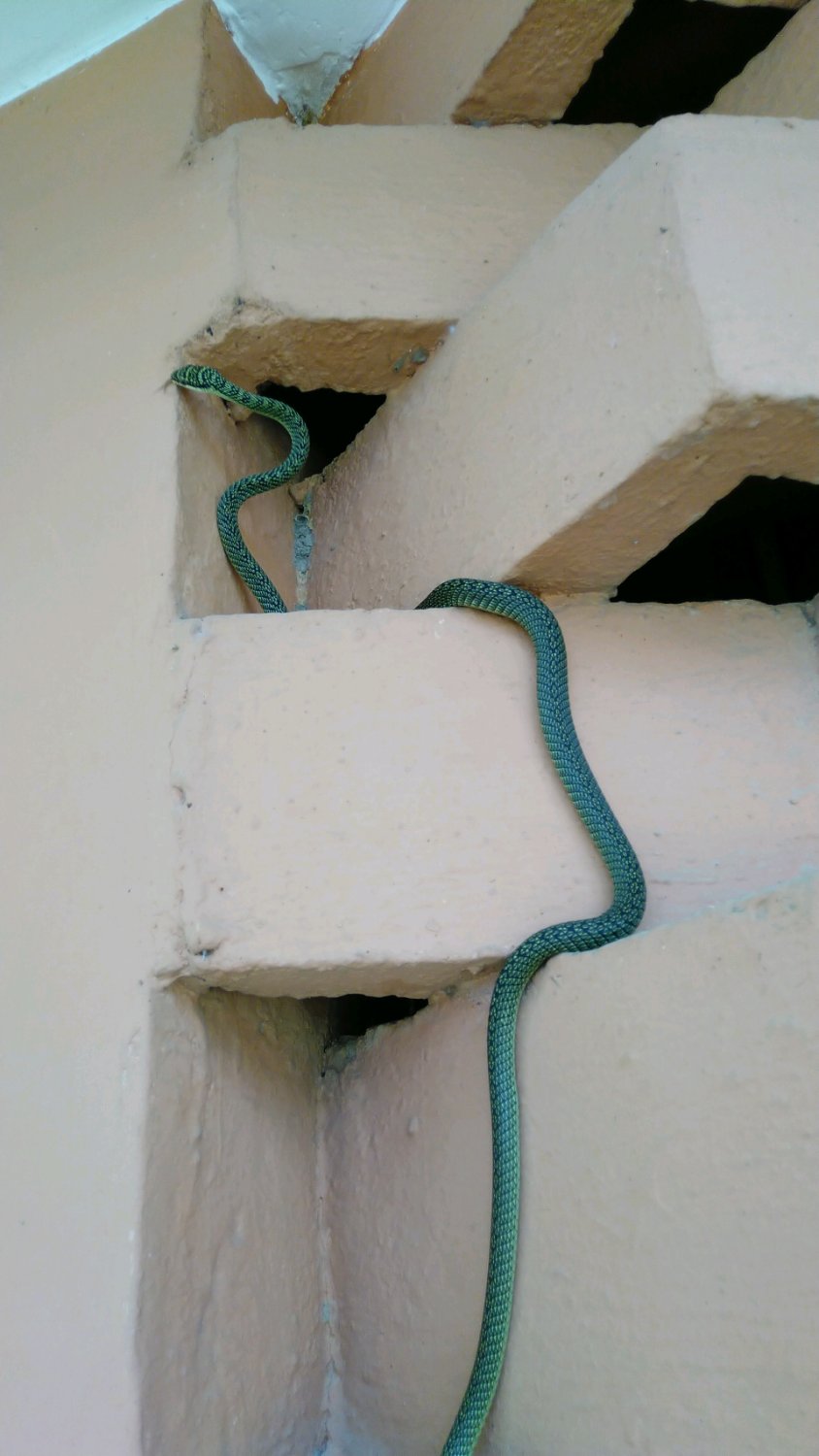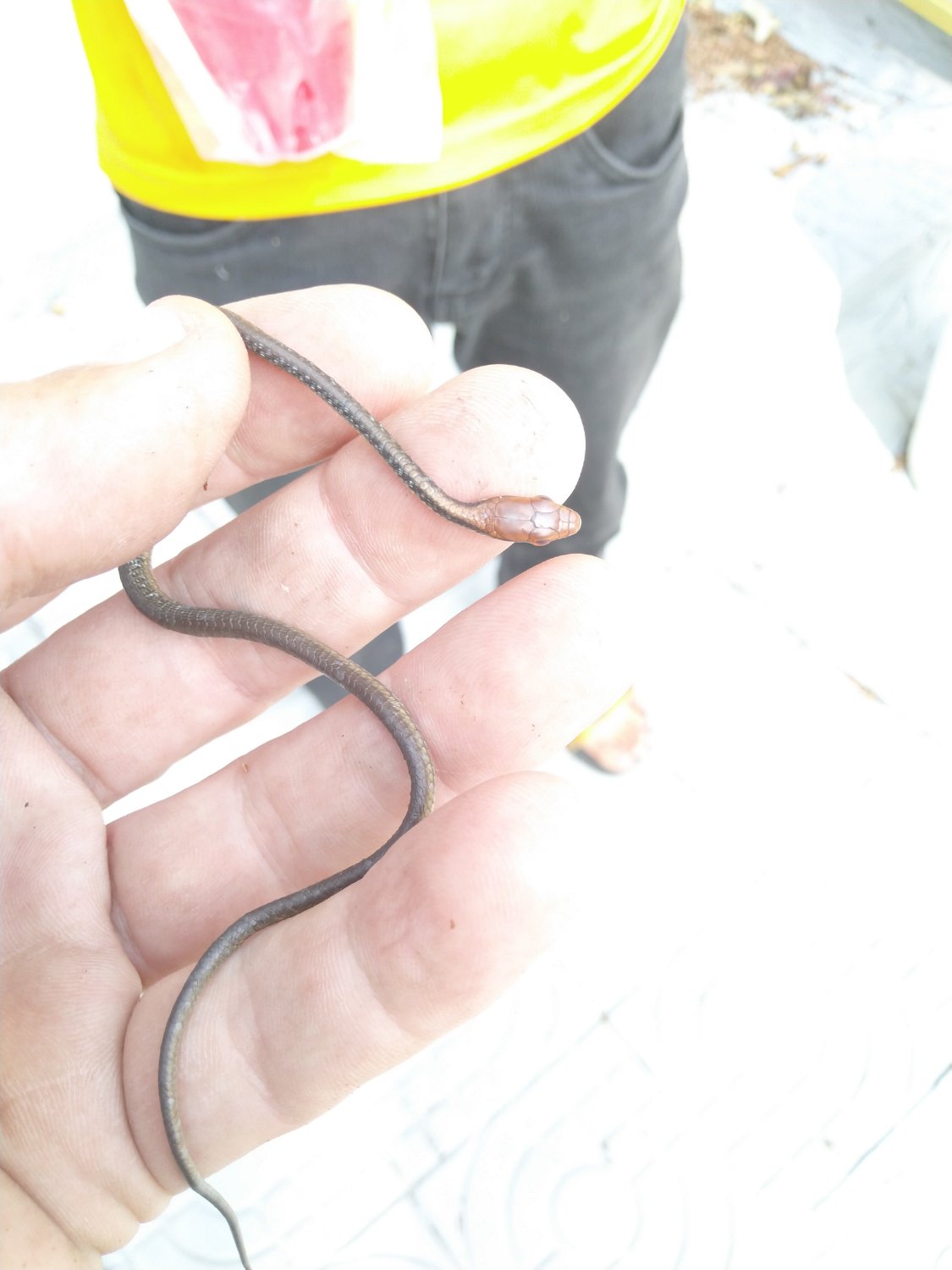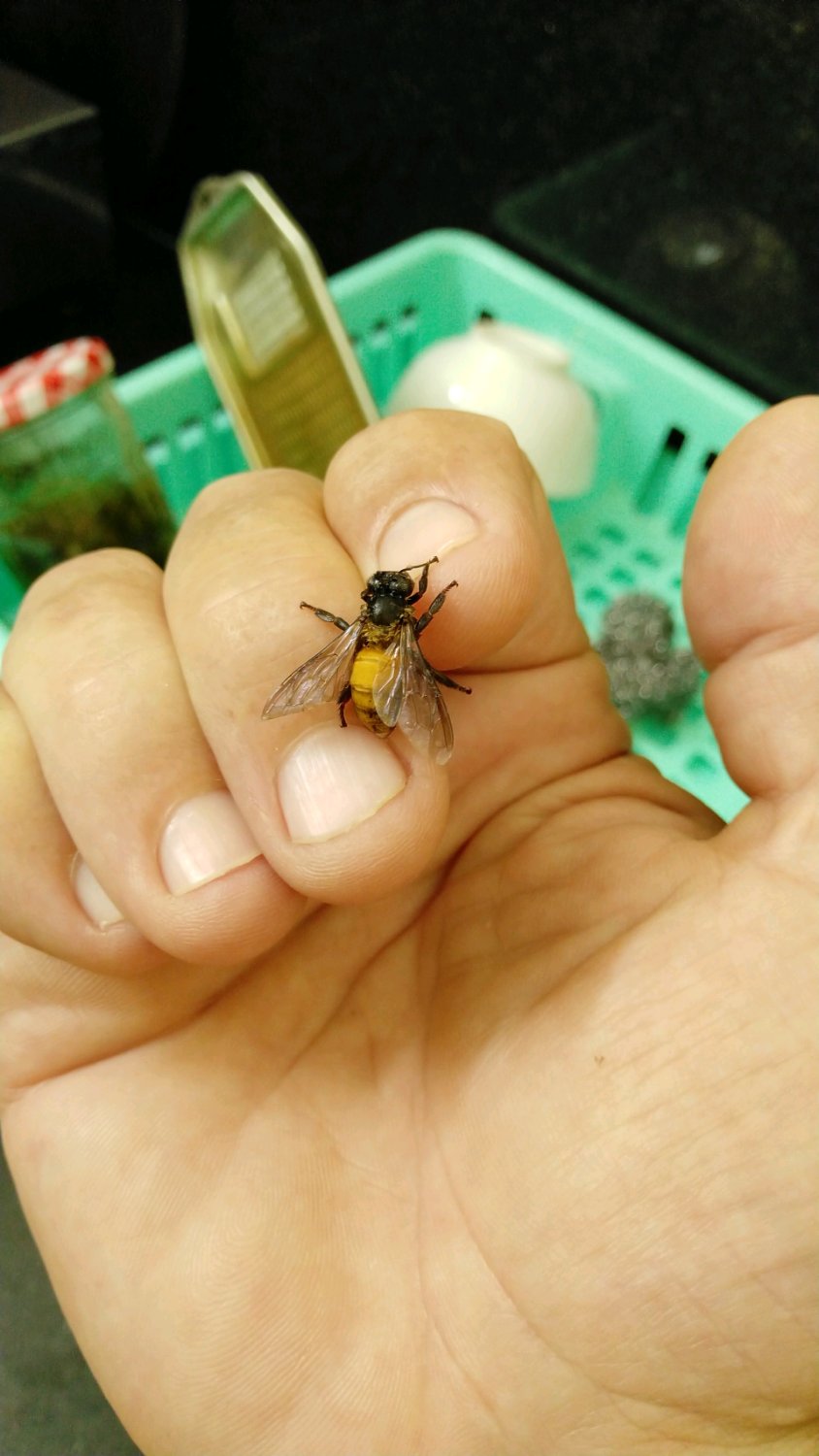TeachableMoment
Thanks, I had a small brain glitch there. I was thinking about A. Cerana when I posted.
I change the title

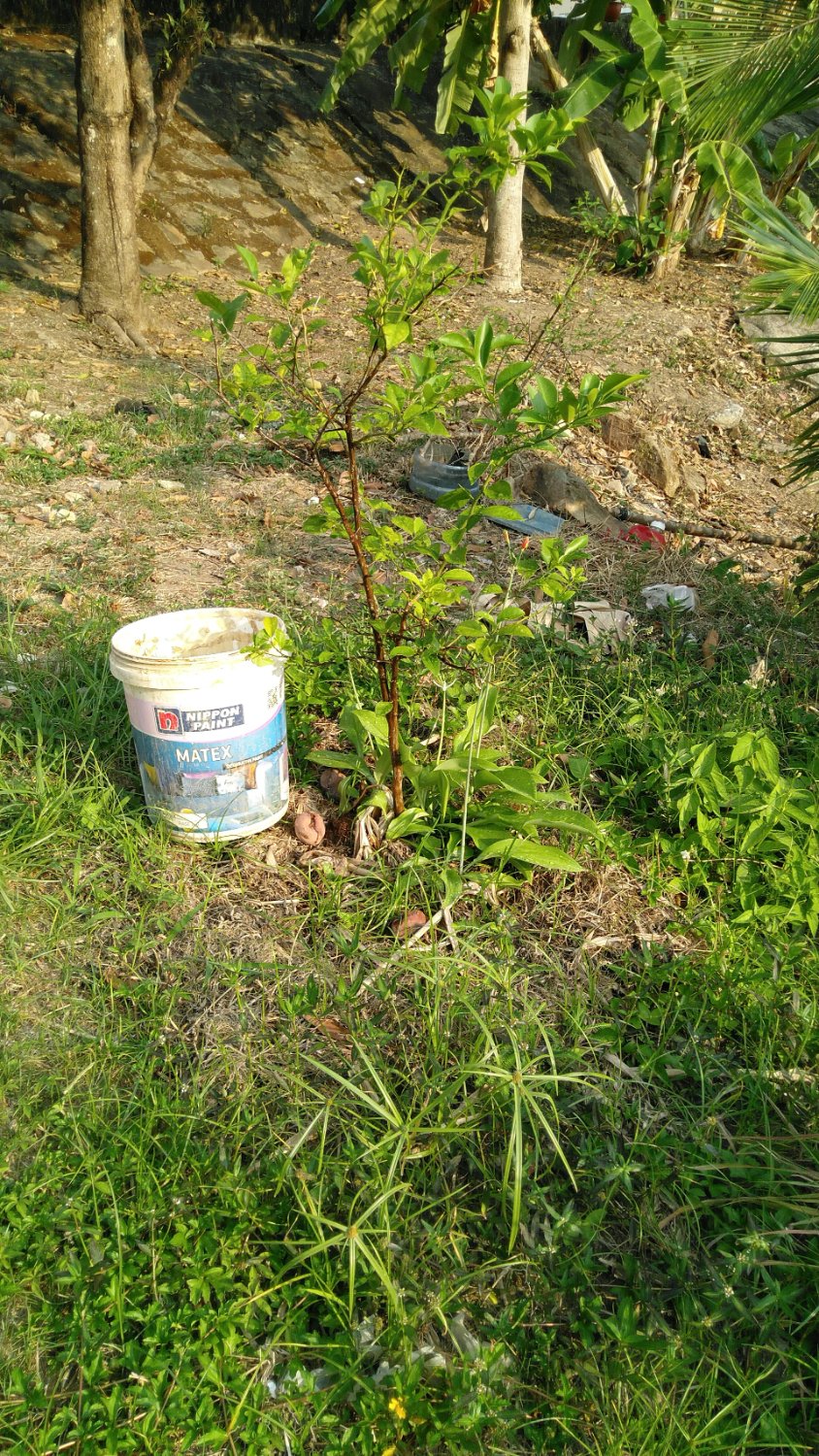
They are bigger and much happier thanks to our recent rain.
Have you thought about making it more consistent? Like a regular schedule?
I find that people love to be corrected for any small inconsistency. They always say it makes them.a better person.
I have many friends
That was hardly pedantic at all.
I believe you are correct, I am not a Grasshopoligist by training.
I have no idea, would love to know though. Lived here for years and this is the only one I have seen. Southwest Cambodia, near Sihanoukville. Sorry, should have added that before.
They move closer to their food sources which vary between wet and dry season. I have no idea why they do not increase their forage area instead. It seems a strange adaptation, I guess building a new hive has lower energy requirements.
Same, just tried to make two posts, no photos will upload.
'Problem uploading photo' on Voyager Android
I probably wouldn't have noticed it if some of the dry leaves had not slid down. They blend very well into tall grass too.


